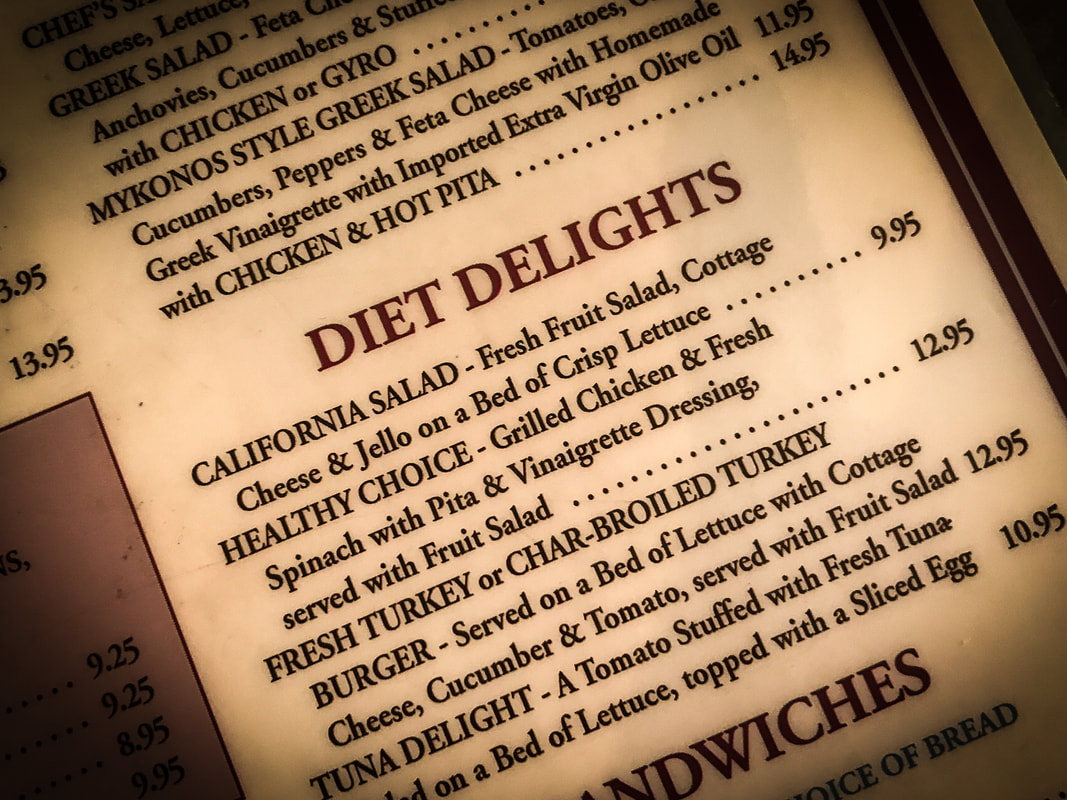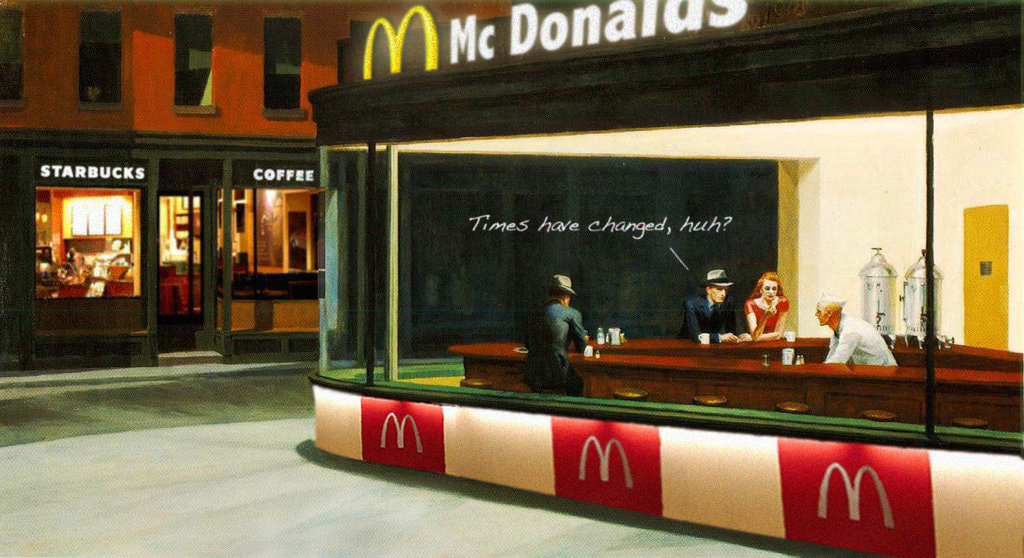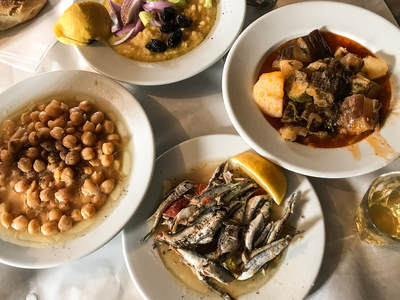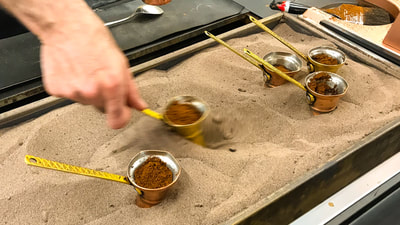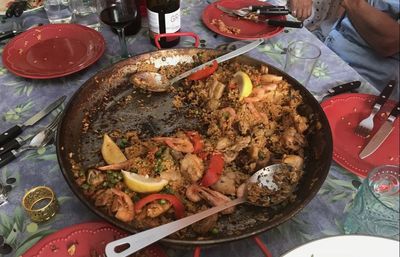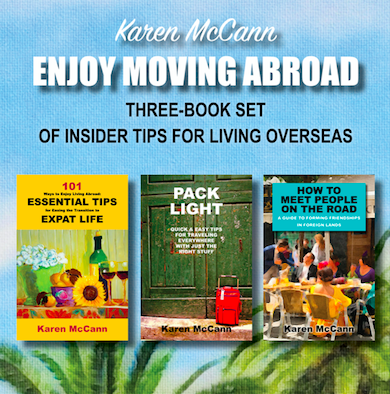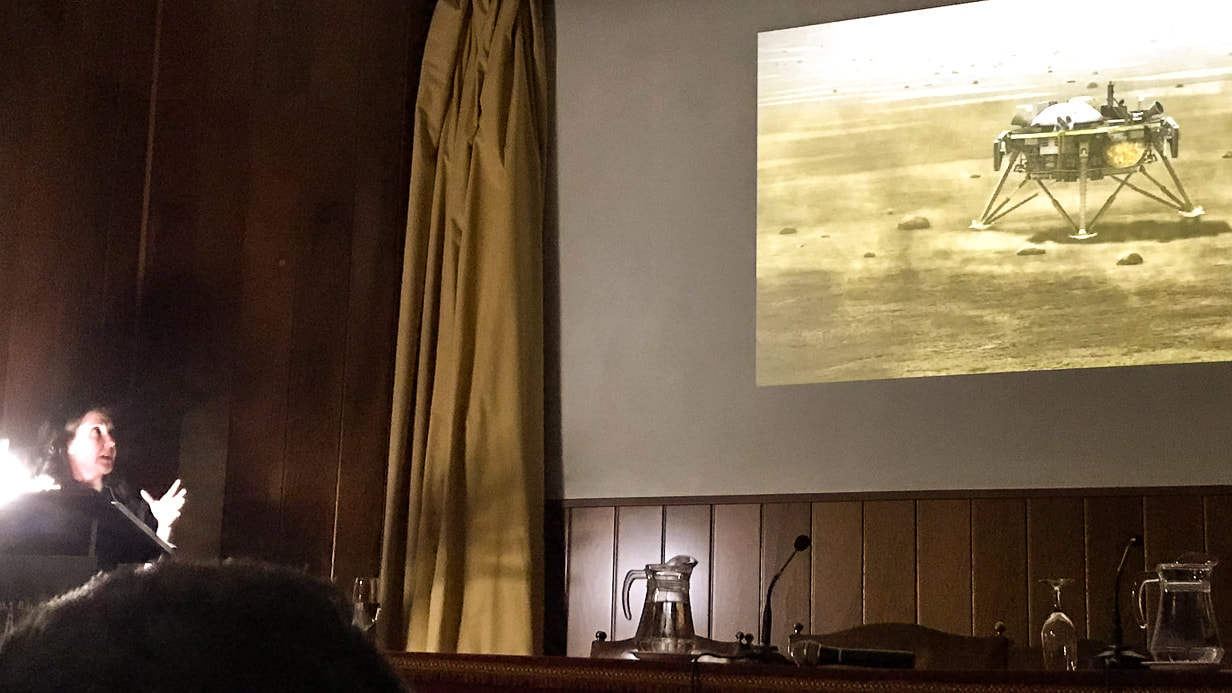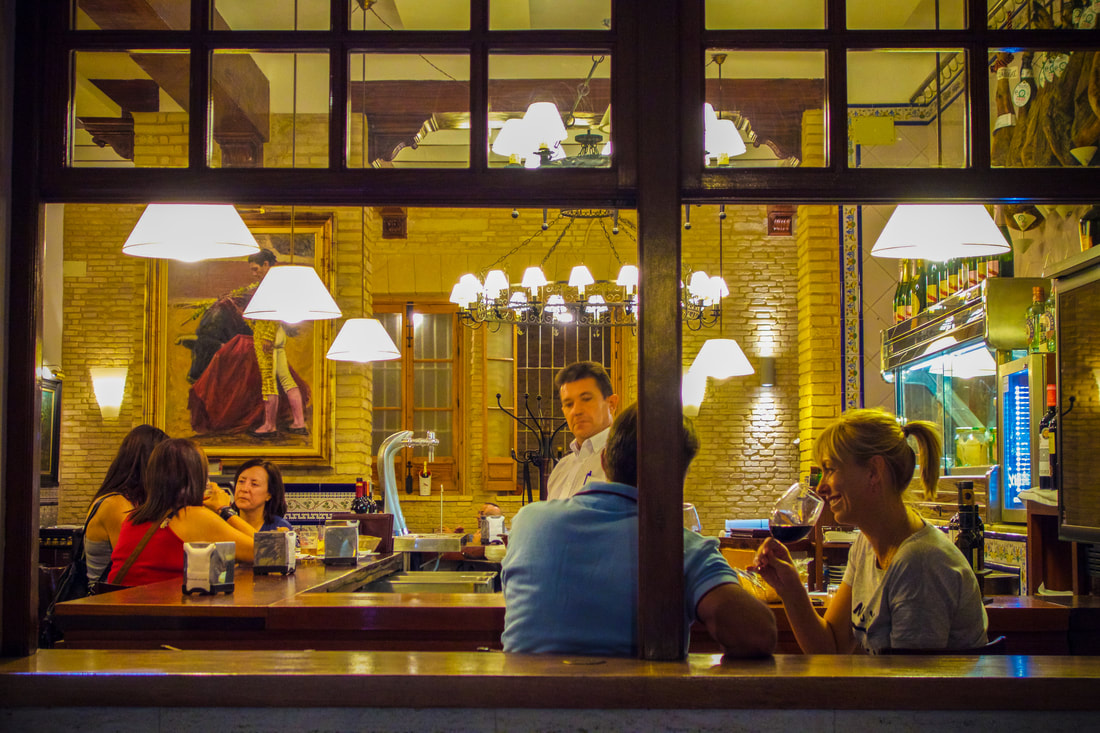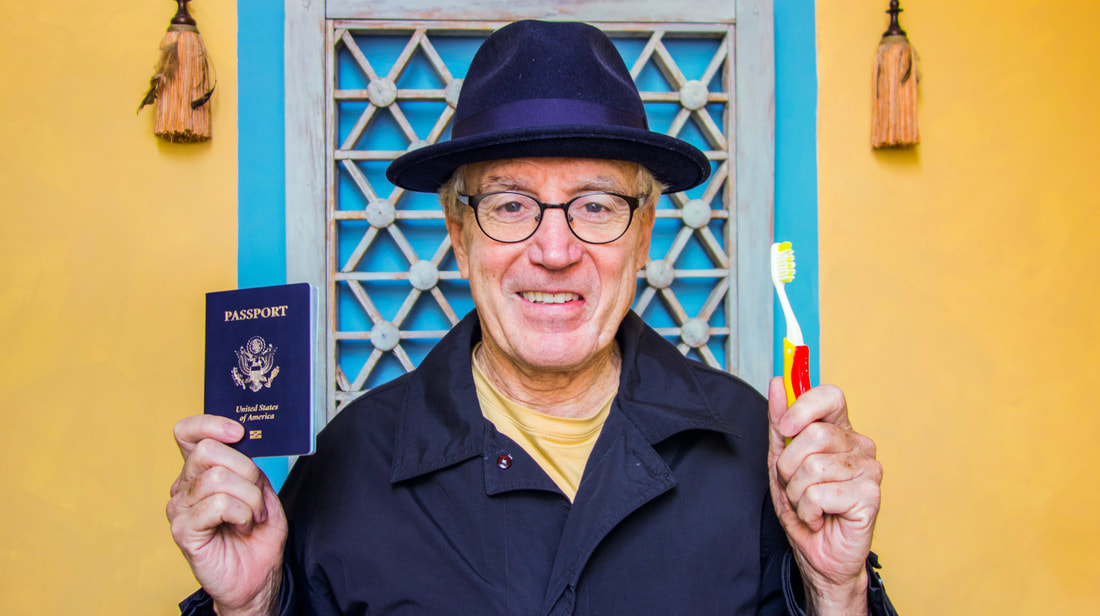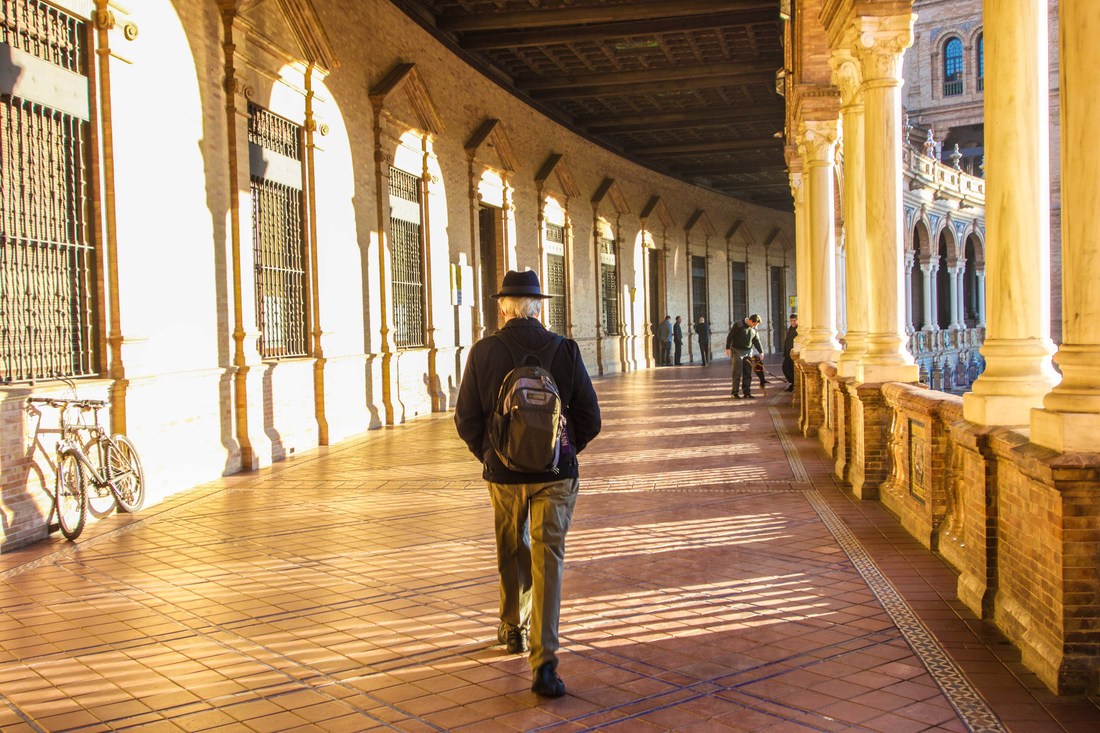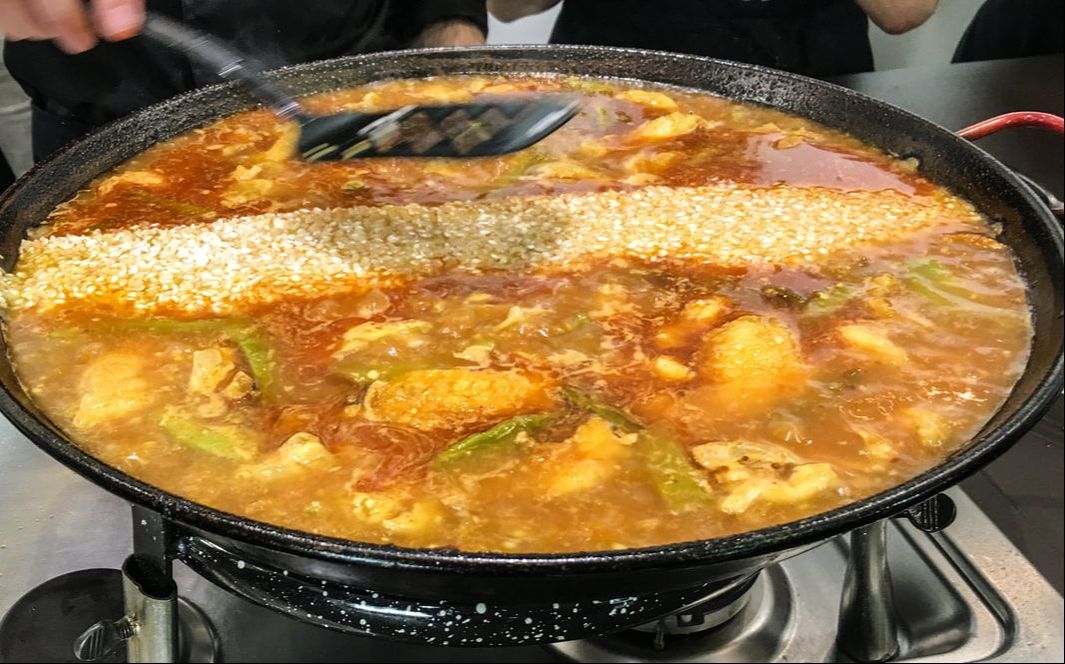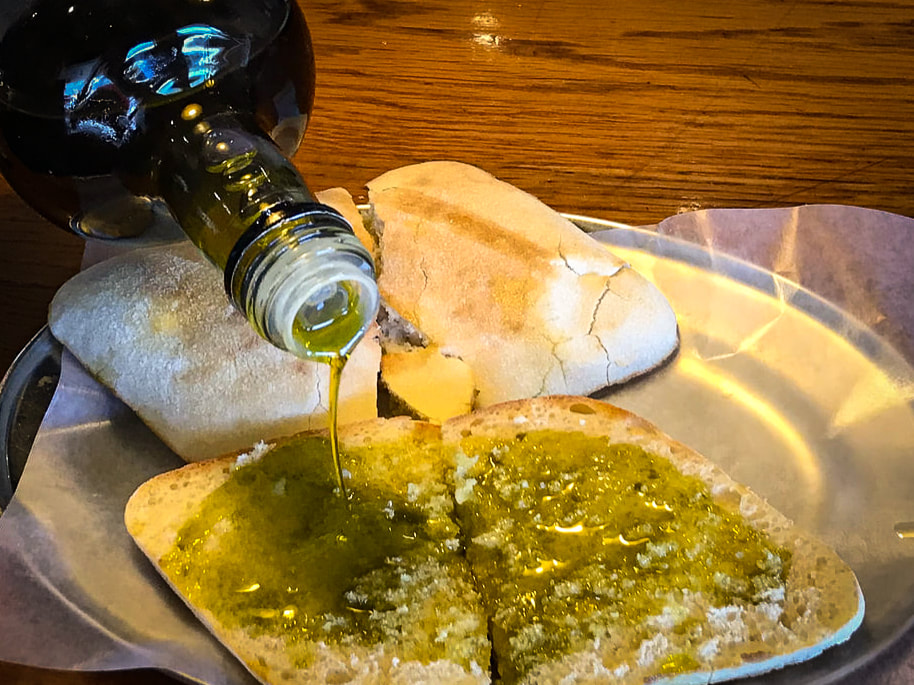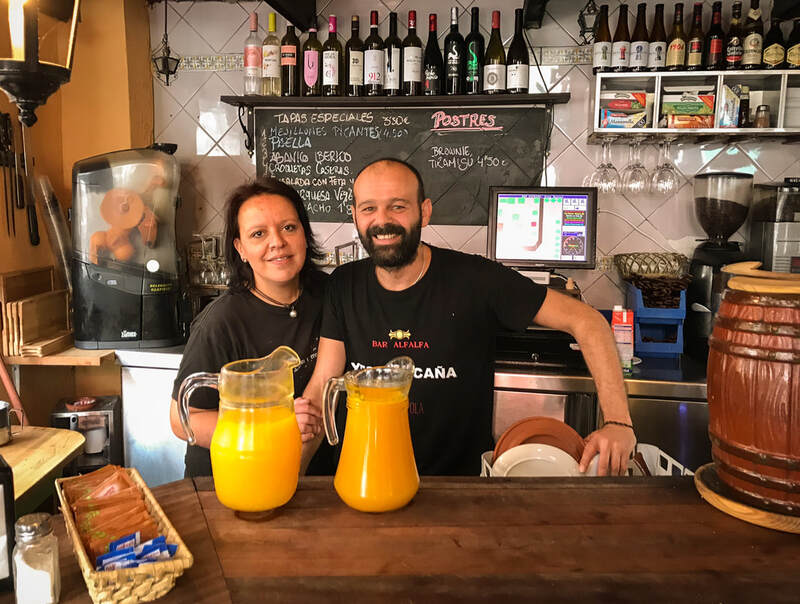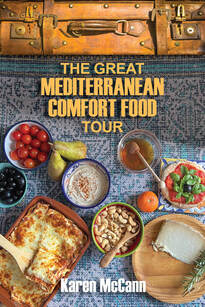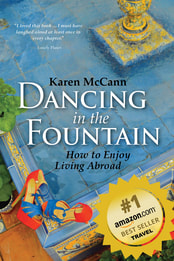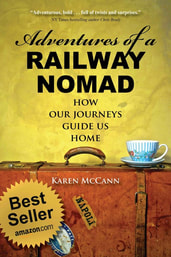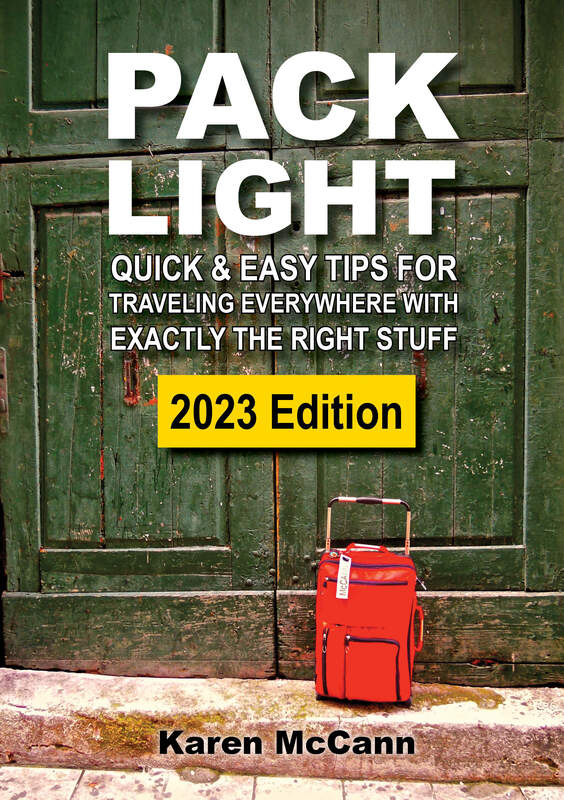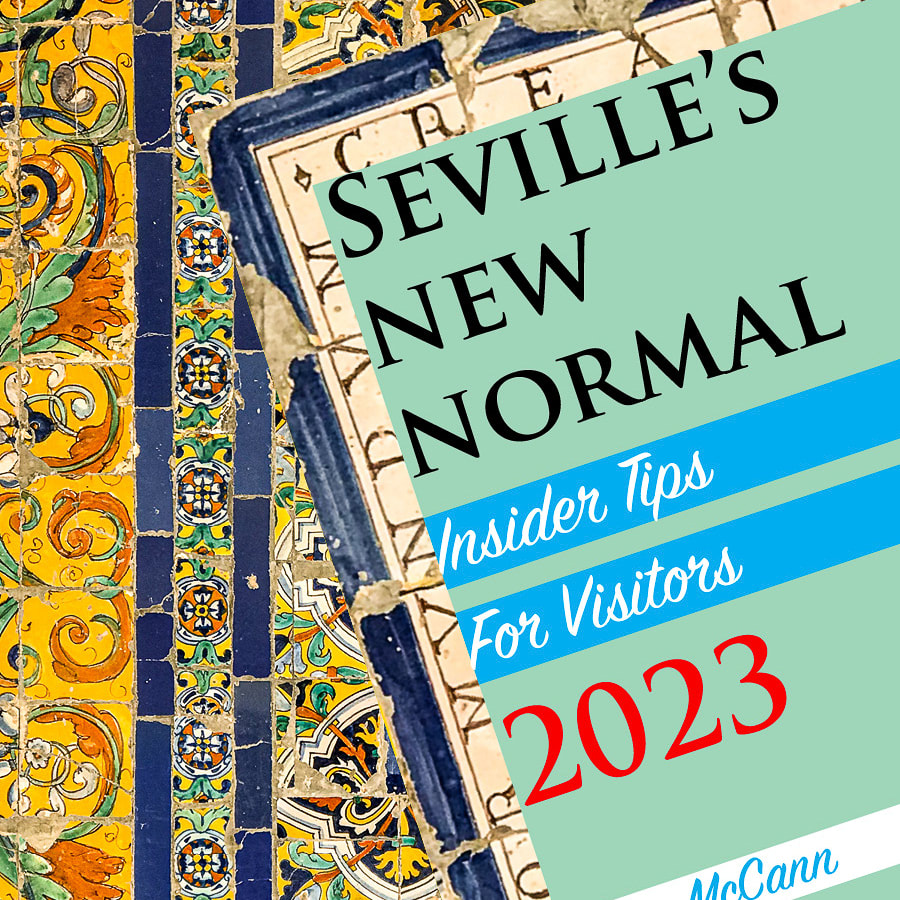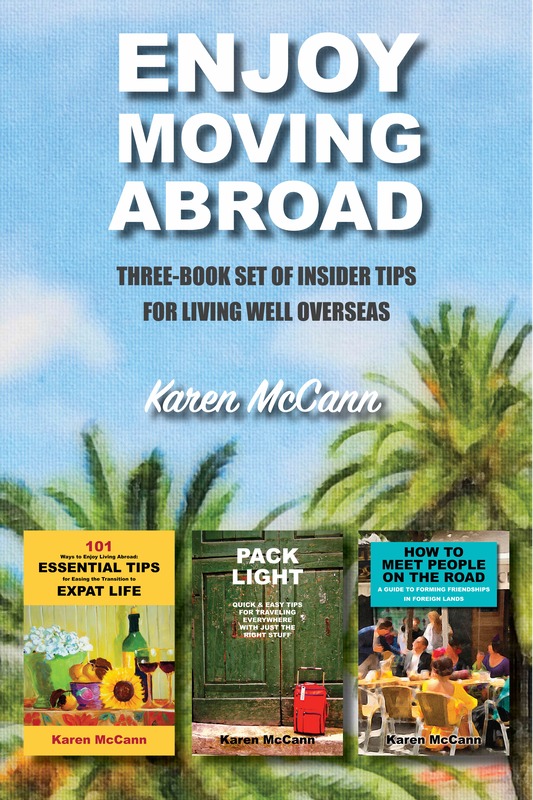|
The little California town I go to every summer lost its diner a few years back, and I am convinced Bubba’s demise was due to the slogan: “Where grease meets organic.” Because let’s face it, American diners are all about good old-fashioned, fat-dripping, don’t-count-the-calories comfort food, preferably dished up at 2 AM by a uniformed waitress with attitude and a tendency to call you “hon.” Bean sprouts and tofu just aren’t part of the mix. On my recent trip to New York City, I was thrilled to discover that the city is still home to hundreds of American diners, the kind that stay open all night serving up sloppy joes, patty melts, and other indulgences of yore. One morning, Rich and I wandered out of our Chelsea district hotel in search of breakfast, and after bypassing various trendy, soulless coffee houses, we eventually found ourselves standing on the sidewalk in front of the Star on 18. The exterior was unassuming, even a bit sketchy, and as I pulled open the door I said over my shoulder, “What does your sniffer say?” (Rich’s “sniffer” is his legendary nose for terrific dive bars, greasy spoons, and other downscale delights.) One glance at the worn Formica counter and chrome-and-vinyl barstools, one whiff of the frying bacon, one earful of the buzz of contented conversation as regulars sopped up egg yolk with buttery toast, and I didn’t need Rich’s sniffer to tell me we’d found our spot. I slid into a booth and plucked the grease-stained laminated menu from the condiment rack. Unfortunately, we were a trifle too far from the counter to hear the chatter, but I can only assume the cooks were back there slinging around traditional diner lingo. I picked up a bit of this unique dialect when I was nineteen and worked at a diner-style lunch counter in Boston. My first day, a co-worker kept shouting “drag it through the garden” until I realized he was instructing me to add lettuce and tomato to a sandwich. In case you don’t speak diner, here are some phrases to get you started. Adam & Eve on a raft – two poached eggs atop toast Bloodhound in the hay – A hot dog with sauerkraut Burn one, take it through the garden and pin a rose on it – A hamburger with lettuce, tomato, and onion Bossy in a bowl – beef stew Cackleberries – eggs Cluck and grunt – eggs and bacon Cluck and wrap — chicken enchilada Eve with a lid – apple pie Fish eyes – tapioca pudding Heart attack on rack – biscuits and gravy Hockey puck – a well-done burger In the alley – served as a side dish Maiden's delight – cherries Make it cry – add onion Make it moo – add milk to coffee Nervous pudding – jello On the hoof – cooked rare (for meat) Put wheels on it – to go Shingle with a shimmy and a shake – buttered toast with jam Two dots and a dash – two fried eggs and a strip of bacon Wax – American cheese Wreck 'em – scrambled eggs Like all great diners, Star on 18 had a huge menu stuffed with old-school, fat-rich, meat-based dishes such as the patty melt (aka a hockey puck with wax and make it cry). If your mouth is watering and you don’t have a diner nearby, here’s how to fry one up at home. In these fitness-obsessed times, some will seek a healthier alternative to the patty melt (admittedly a low bar), and I wondered what the Star had to offer its lighter eaters. On page three of the menu, I found the “Diet Delights.” 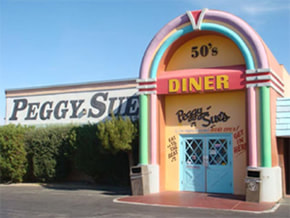 “They call this a California Salad?” I said incredulously. “When was the last time you saw anybody on the West Coast eating cottage cheese with jello?” “I think LBJ was in the White House and the Beatles were still together,” Rich replied. Other menu items had a distinctly Greek flavor: spanakopita, moussaka, souvlaki, nine Greek sandwiches, and four different Greek salads (all of which looked considerably more appetizing than the Californian). Such fare is common on diner menus, especially in New York, where a majority of diner proprietors can trace their ancestry back to Greece. A century ago, there was a happy accident of timing in which the arrival of 360,000 Greek immigrants coincided with the development of prefab diner buildings by a New Jersey Irish-American named Jerry O'Mahony. “Their story is a classic American one,” wrote George Blecher in the NY Times, “that combines entrepreneurs putting in long hours, families helping one another and informal associations creating a safety net of connections.” For many, diners are more than a place to eat, they’re an antidote to isolation. “For the past 25 years — since the divorce — I’ve lived a good part of my life in diners,” Blecher wrote. “Without them I might be slimmer, but also crazier and more unhappy.” In the past twenty years, changing economics and eating habits have forced half of New York’s diners to shut their doors. It’s hard to compete with Starbucks when you’re charging just $1.55 for a bottomless cup of coffee. Regrettably, their enduring charm has given rise to a host of pseudo-diners, replicated by corporations in chains such as Denny’s (“Welcome to America’s Diner”), IHOP (“an American multinational pancake house/diner-style table service restaurant chain that specializes in breakfast foods”) and Peggy Sue's plasticized version of its original 1954 diner, now found in countries around the world. I’m not saying you shouldn’t eat in such places — OK, yes, I guess I am saying that. Or if you must, know that it’s a replica and not the real deal. Luckily, you don’t have to live in New York City to enjoy something more authentic. Here’s a list of great diners in every state, and of course you can always Google “diners near me.” Not sure if one you’re considering is authentic? Try asking the waitress for “a hockey puck with wax and make it cry.” Regional diner slang varies considerably, so she may not understand a word you’re saying, but you can be sure the conversation will be off to an interesting start. Know a great diner? Have a story to share about one you loved — or didn't? Tell me all about it in the comments below. YOU MIGHT ALSO ENJOY EVER THOUGHT ABOUT MOVING ABROAD?
6 Comments
We live in extraordinary times with extraordinary possibilities. I grew up on science fiction stories and am constantly astonished how many have become real: driverless cars, virtual reality, robots doing surgery. At a lecture a few nights ago, I learned that young people are now in training for the 2032 mission that will land humans on Mars. I’m pretty sure I’m over the age limit, but I was about to volunteer anyway until the NASA Solar System Ambassador told us, “There’s no return ticket.” Apparently they can’t carry enough resources to refit the rocket to fly them home. “Just like Columbus and Magellan,” Rich said. “They, too, set out never expecting to return.” So I may have scrapped my plan to be among the first humans to set foot on Mars, but I am still fulfilling my other childhood dream: living abroad. Back in 2004, when Rich and I first got serious about moving to Seville, the idea struck many of our friends as preposterous. “Leave home? To live among strangers? Really? Why?” But in the last year or so, the concept of living abroad has gained traction with a surprising number of people. I now receive a steady stream of emails from friends, relatives, and readers asking for practical information about how to leave the USA and settle overseas — preferably somewhere with congenial company, good weather, and affordable wine. 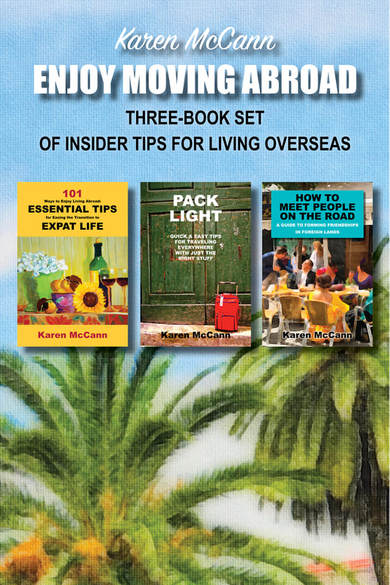 I’m always happy to pass along whatever information and advice I can offer. Since I moved to Spain, much of my writing life (to say nothing of my personal life) has been devoted to exploring topics I wish I’d been more savvy about from the start, such as how to get a residency visa, find a lost dog in an airport, and leave excess baggage — literal and figurative — behind. In the beginning I focused on practicalities and logistics but soon found myself addressing larger issues, such as how to create a new life from scratch, preferably one that’s less frazzled, more authentic, and filled with generous amounts of friendship and laughter. Much of the writing I’ve done on these subjects has been scattered among my blog posts, replies to readers’ queries, and three short guides I’ve produced over the years. Since I can’t answer all the recent emails in as much detail as I’d like, I thought it might be useful to gather my three guides together, update them, add material on topics people are asking about, and spice up the narrative with more anecdotes and adventure stories. The result is a new three-book set I’m calling Enjoy Moving Abroad. Don’t worry, I’m not asking you to rush out and buy it. Yes, it will be for sale on Amazon soon, but right now I’m sending it to my readers for free, as thanks for being part of my journey and this online conversation. Enjoy Moving Abroad begins with an overview of logistics and legalities called 101 Ways to Enjoy Living Abroad: Practical Tips for Easing the Transition to Expat Life. It’s designed to help you decide whether, where, and how to make your move, enable you to avoid some pitfalls and cope with others, and give you the confidence you need to relax and enjoy the ride. Expat life involves plenty of packing, not only before you go overseas but later for visits back to the old country and for exploring the region that’s now your home. When it comes to hauling around possessions, our motto — and the title of the next guide in this set — is Pack Light. As my regular readers know, Rich has an intense relationship with luggage. (Would we call it an obsession? I leave that for future historians to decide.) He’s struggled mightily to whittle down the volume without sacrificing comfort or functionality; I strive for some stylishness as well. We’ve learned what clothes we reach for and which remain unworn at the bottom of the suitcase. And we are much better at resisting the latest "must have" travel gadgets we'll never use — and identifying those that are genuinely helpful. Pack Light isn’t a manifesto on minimalism, it’s simply a few guidelines for gradually reducing the amount of excess baggage you’re hauling around, so that your journeys become easier and more pleasant. A few months ago, as I was being interviewed for a podcast, I was talking about traveling light and somehow got off on a tangent about memorable people I’ve met on the road, such as musicians in a Trieste dive bar, that dentist in Zagreb, and the Stockholm “oops” party. It was morning and I was on my third cup of coffee, so it took the interviewer some time to get a word in edgewise. “Karen,” she finally managed to ask, “how do you meet all these people?” I get this question a lot from both expats and general readers, and while I was answering the interviewer, half my mind was busy sketching out a plan for the third book in this collection, How to Meet People on the Road: A Guide to Forming Friendships in Foreign Lands. My original intent was to help travelers, but as these tips are tremendously valuable for expats as well, I expanded the sections that are particularly relevant to living abroad. Even if you already own all three of these books in their original form, you’ll find plenty of new and updated material in this volume. If you’re on my mailing list, I have already sent you the link for downloading your free copy of this book in Kindle or E-Pub format. New to my blog? Click on the button below to tell me where to send your free copy of Enjoy Moving Abroad. If I’ve learned anything during a lifetime of travel and upwards of 13 years as an expat, it’s this: you absolutely do not have to settle for boring, predictable travel at any age — or a boring, predictable life, for that matter. You and I may not be candidates for the Mars mission, but if, like me, you spent your childhood secretly longing to live in a foreign land, maybe it’s time to ask yourself: is this your year to move abroad? If you have advice or questions about living or traveling abroad, please post them in the comments below. I'm always happy to provide information and gather more material for future blog posts and updates of Enjoy Moving Abroad. 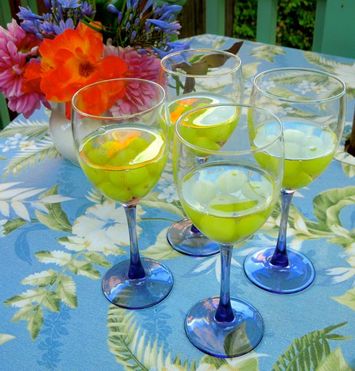 For summer paella parties, I like frozen grapes to keep the white wine cold without risking the dilution that can come with ice. For summer paella parties, I like frozen grapes to keep the white wine cold without risking the dilution that can come with ice. One of the things I like best about paella is that it’s nearly always made by men. In Spain, it’s generally the centerpiece of a leisurely Sunday lunch, and I have been reliably informed that the role of women in the preparation of this meal is to lounge about in the garden sipping wine or beer while their male companions labor on. At such moments I frequently hear women murmuring, “I could get used to this!” as they top up each other’s glasses. I have to agree. Rich’s first foray into paella-making came at a Spanish friend’s home, but his efforts to come to grips with the process was frustrated by Javier’s casual insistence that you just put in “as much as is needed” of each ingredient. Traditionally, Spaniards use the pan itself (known as a paellera) as a measuring device, pouring a river of dry rice down the middle. “The width of the rice is the same as the distance between the rivets on the handle,” Javier pointed out. “And the depth should match the height of the rivets on the pan.” When Rich asked about the rice-to-broth ratio, Javier's answer was, of course, “as much as is needed.” Since then Rich has taken paella-making classes with Victor, a local chef who told us that paella originated in the rice-growing region around Valencia as a casual meal assembled by men out in the fields. When lunchtime approached, they’d capture their protein live and toss it in the pan — generally this meant rabbit, chicken, and snails. This, Victor maintains, is the only true paella recipe. You’ll be astonished to hear that snails, and even rabbits, have largely been abandoned in favor of more mainstream ingredients such as shellfish and chorizo. Go figure. Today, making paella is a bit like assembling a salad; the only rule is that there are no rules. Paella chefs feel free to choose their own ingredients and assemble them in any order they wish. Nearly a dozen years ago, Rich was given a great paella recipe (with precise measurements) which he's followed loosely over the years, adapting it to his whim and the available ingredients. His skill with paella has grown over the years and made him extremely popular at pot-luck meals in both Seville and California; by now he’s able to produce perfect paella every time. Here’s how he does it. Rich favors inexpensive short-grained rice over the fancy, pricey “paella rice” sold in specialty stores. And he strongly recommends buying an authentic paellera rather than using some other pan you already have at home; you really do need a very broad, shallow pan to make the recipe work. As for the heat source, your best bet is to invest in a gas-powered burner ring that matches the size of your pan, because it’s the only way you’re going to achieve the slightly crusty, caramelized bottom layer of rice that many consider the best part of the dish. However, you can get quite good results using an ordinary gas stove (the five-burner models make it easier to maintain even heat) or a barbeque if that’s what’s handy. “The best thing about paella,” Rich says, “is that it brings people together communally.” It’s true; everyone loves to come into the kitchen or out onto the deck to check on the progress of the meal and offer unsolicited advice that’s completely ignored. When the paella’s ready to eat, you set it on the table right in the pan, and everyone helps themselves, creating the kind of cheerful pandemonium that for me is the hallmark of a good party. The pan stays put so people can scoop out seconds and often thirds and fourths. I never serve anything with paella except a light salad to refresh the palate, and by the end of the meal, everyone’s ready to stagger home for a siesta. 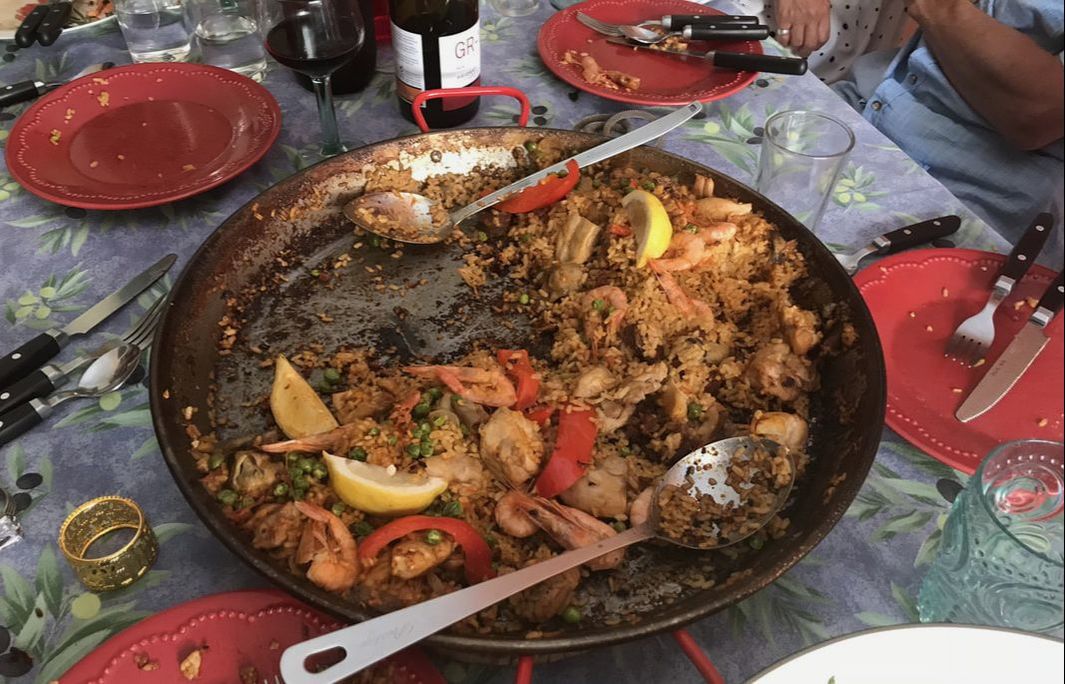 As Rich’s experience shows, you don’t have to be Spanish to make paella, and of course, in these egalitarian times, plenty of women are cooking it for themselves. You no longer need to travel to Spain in order to buy a proper pan, nor do you need to wheedle the recipe from a Valencian chef. But you will want to follow the ancient tradition of gathering a group to enjoy the feast. We’ve all seen those movies where European friends and relatives come together for a long, leisurely afternoon meal in the garden, with kids underfoot and lots of wine and laughter. If you’re like me and think that’s a great way to live, you might want to start by learning how to make paella. If it turns out perfectly, you can all celebrate with a lovely communal meal together. If it’s an utter disaster, you’ll have a great story to tell, and the motivation to try again. Good luck! If you do start making paella, Rich and I are standing by to hear your stories. Tell us all and send photos to [email protected]. YOU MIGHT ALSO ENJOY
|
This blog is a promotion-free zone.
As my regular readers know, I never get free or discounted goods or services for mentioning anything on this blog (or anywhere else). I only write about things I find interesting and/or useful. I'm an American travel writer living in California and Seville, Spain. I travel the world seeking eccentric people, quirky places, and outrageously delicious food so I can have the fun of writing about them here.
My current project is OUT TO LUNCH IN SAN FRANCISCO. Don't miss out! SIGN UP HERE to be notified when I publish new posts. Planning a trip?
Use the search box below to find out about other places I've written about. Winner of the 2023 Firebird Book Award for Travel
#1 Amazon Bestseller in Tourist Destinations, Travel Tips, Gastronomy Essays, and Senior Travel
BLOG ARCHIVES
July 2024
CATEGORIES
All
|

